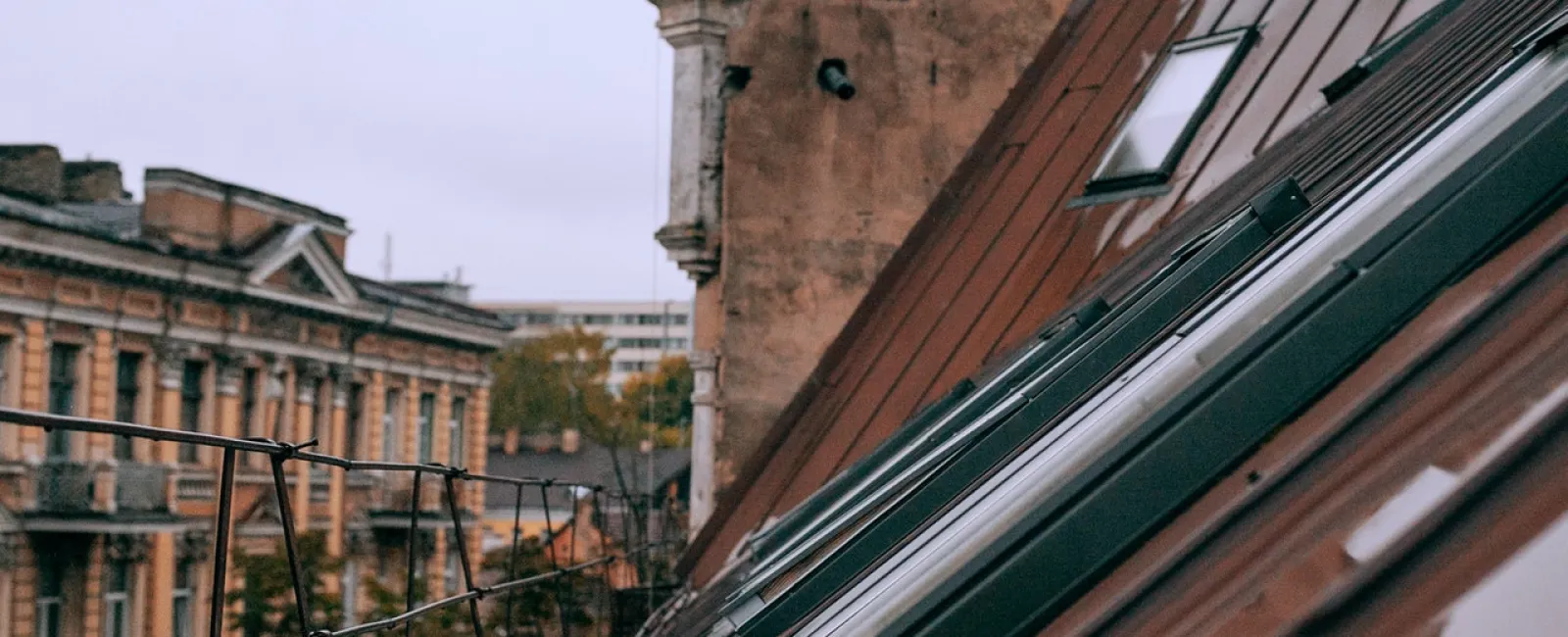September 16, 2021
If you're replacing your current roof with a metal type, you'll find that you're looking at so many roofing benefits. For starters, metal roofs are highly fire-resistant, last long, and come in different shapes and colors.
But before you go to the store and get your new metal roofing, it's essential to know your choices, as well as what to consider when choosing the suitable material for your roof.
Here are the three primary types of roof underlayment and what you need to know about them:
1. Felt Underlayment
Felt underlayment is the most common type of underlayment used for metal roofs. Felt is typically non-perforated and asphalt-impregnated, but you also have tons of other options. It's best to consult with your roofer for the material that suits your roof best.
For instance, your options include organic and inorganic reinforced felt. The latter is commonly reinforced with glass fiber, lies flatter, and stands up better than its counterparts. Felt is best in arid climates since they don't offer too much protection against air and water vapor migration.
Still, felt can also be used in cold climates, but it's usually placed with ice dam barriers to prevent them from forming.
2. Synthetic Sheet Underlayment
Synthetic sheet underlayment is made up of different types of plastics, including polyethylene, polyolefin, or polypropylene molded together. Each individual sheet can be as thick as eight to 30 mils.
Many synthetic sheet underlayment is resistant to vapor, but it doesn't qualify as an air barrier. This type of roof underlayment is usually used as an alternative to the self-adhering membrane since they're cheaper material. So, if you're on a tight budget, this would be a good option.
This underlayment is also susceptible to wind damage, so if you're in an area that gets a lot of high winds, this may be your best option. Moreover, it is also sensitive to cold weather installation, so it also works in colder climates.
3. Self-Adhering Membrane Underlayment
The self-adhering membrane underlayment is the most expensive roof underlayment among the three. Usually, it's made with rubberized asphalt or butyl-based adhesive with a polyethylene carrier sheet.
This underlayment is ideal for both cold and hot climates as it contains properties to help both. It's perfect for cold climates because it can be an ice dam protection in roof eaves and valleys, while in hot climates, it can stand up well up to 240ºF temperatures without melting.
These underlayment sheets are made to be peeled and stuck directly to the roof deck upon installation. As they stick to the substrate, they create a sound barrier that is also impenetrable by vapor.
Conclusion
Now that you have an idea about what goes under your new metal roofing and how necessary underlayment for metal roofing is, you can pick the right one for your home. With the most suitable material, your roof is guaranteed to be protected for decades to come. If you still don't know which underlayment type is best for your roof, you can consult professional roofers who suggest options.
Cardinal Roof provides exceptional roofing services to both residential and commercial properties in Alabama and Middle Tennessee. We are roofing contractors in Birmingham, AL, providing quality metal roofing and professional installation at excellent pricing! Call us at +1 205.784.3646 for 24/7 emergency roofing service.

